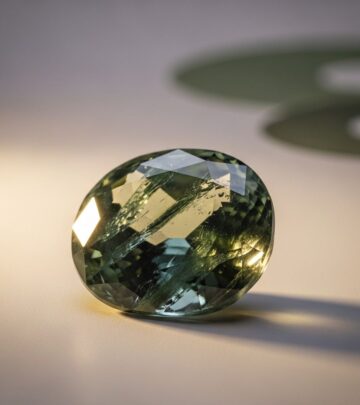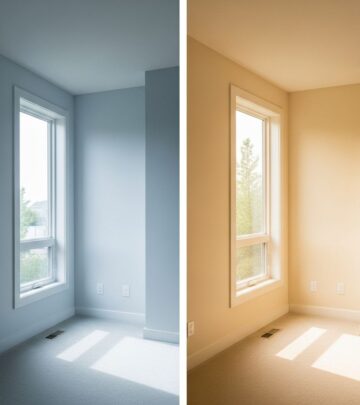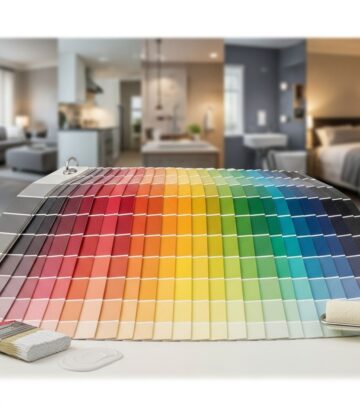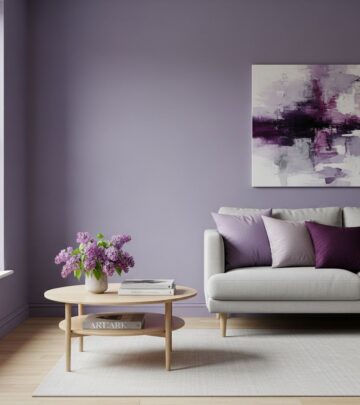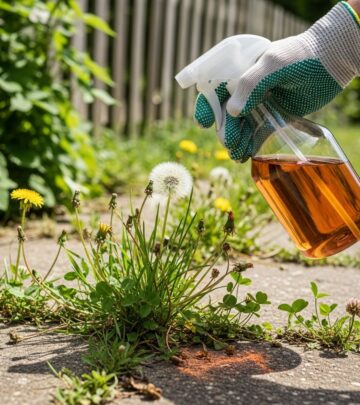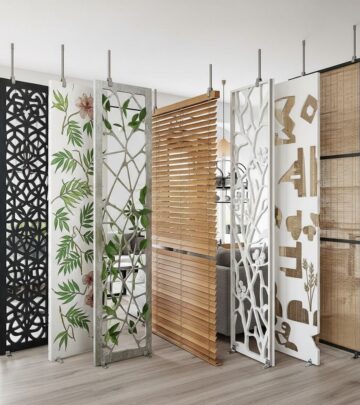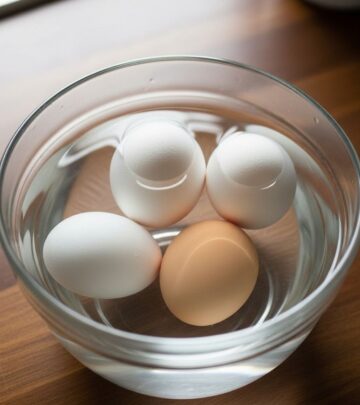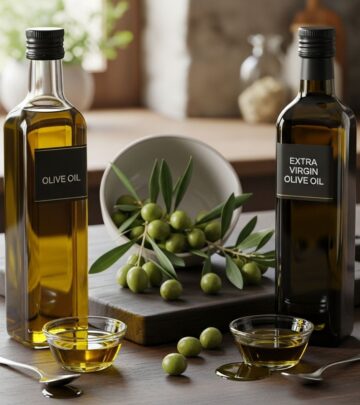Eggshell Vs Satin Paint: 4 Key Differences & Best Uses
Discover which paint finish works best for your home's various rooms and surfaces
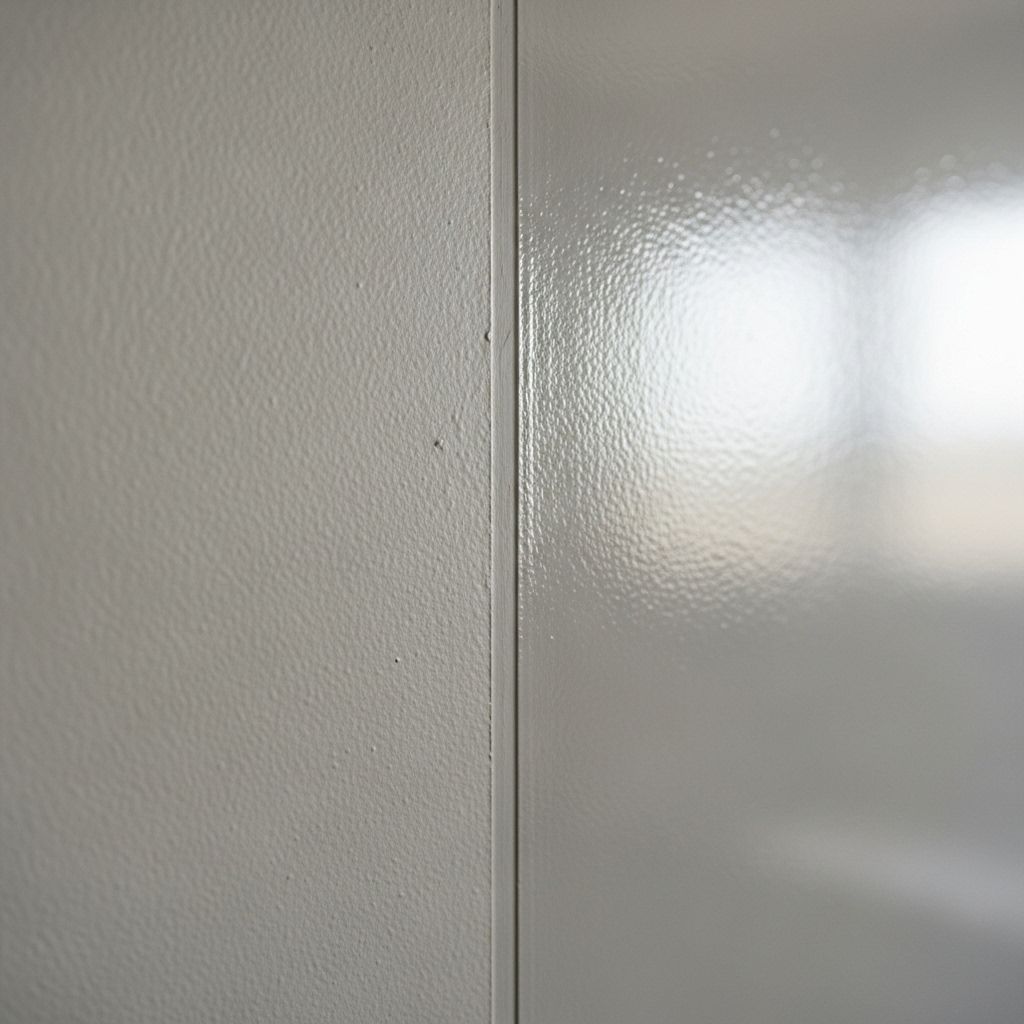
Image: HearthJunction Design Team
When planning an interior painting project, choosing the right paint finish is just as important as selecting the perfect color. Among the most popular mid-range finishes are eggshell and satin. While they may seem similar at first glance, these finishes have distinct characteristics that make each better suited for specific applications in your home. Understanding the differences between eggshell vs. satin paint will help you make informed decisions that balance aesthetics, durability, and maintenance requirements for each room.
What Is Eggshell Paint?
Eggshell paint is a popular interior paint finish that falls between flat/matte and satin on the sheen spectrum. As its name suggests, eggshell paint has a subtle luster reminiscent of an actual eggshell—not completely flat, but with just a hint of reflection. This low-luster finish offers a warm, sophisticated appearance while providing more durability than completely flat paints.
The subtle sheen of eggshell paint makes it an excellent choice for creating a refined look in living spaces while still offering some practical benefits over completely flat finishes. It provides a soft, elegant appearance that many homeowners prefer for their main living areas.
What Is Satin Paint?
Satin paint offers more sheen than eggshell, creating a soft, pearl-like luster that reflects light more noticeably. While not as glossy as semi-gloss or high-gloss finishes, satin paint provides a distinct sheen that adds depth and richness to painted surfaces. This increased reflectivity comes from additional resins in the paint formulation.
The higher sheen of satin paint makes it particularly well-suited for areas that need frequent cleaning or experience higher humidity levels. It creates a more pronounced finish that some homeowners prefer for highlighting architectural features or adding visual interest to spaces.
Key Differences Between Eggshell and Satin Paint
Appearance and Sheen
The most noticeable difference between eggshell and satin paint is their level of sheen or reflectivity. Eggshell has a lower, more subtle luster that creates a soft, velvety appearance on walls. It reflects minimal light, providing just enough sheen to avoid the completely flat look of matte paint.
Satin paint, on the other hand, has a more noticeable pearl-like finish that reflects more light than eggshell. This higher sheen creates a slightly more lustrous appearance that can add depth to walls and make colors appear richer. The increased reflectivity of satin makes it more noticeable as a finish choice in your space.
| Characteristic | Eggshell | Satin |
|---|---|---|
| Sheen Level | Low-luster, subtle | Medium sheen, pearl-like |
| Light Reflection | Minimal reflection | Moderate reflection |
| Visual Effect | Soft, velvety appearance | Richer, more pronounced finish |
Durability
Satin paint is more durable than eggshell paint. With satin’s higher sheen comes a more durable surface that can withstand more wear and tear. The additional binders and resins in satin paint create a harder finish that resists scuffs, scratches, and stains better than eggshell.
Eggshell paint isn’t known for its durability, making it a less popular option for high-traffic areas like entryways and hallways or rooms that require frequent cleanings like kitchens and bathrooms. However, if you prefer a low luster finish, it is more durable than completely flat paint and can be suitable for moderate-use areas.
Because of its enhanced durability and sheen, satin paint is perfect for walls in high-traffic areas or spaces that require frequent cleaning. The higher concentration of binders in satin paint enhances its durability, elasticity, and scuff resistance, making it ideal for areas that see more activity.
Texture
Satin paint has a slightly tackier texture than eggshell. This textural difference is subtle but can be noticeable to the touch. The higher sheen of satin paint creates a surface with a slight tackiness due to the additional resins in the formulation.
Eggshell’s duller sheen results in a smoother surface with little to no tackiness. Its lower sheen makes it easier to avoid visible paint application mistakes like lap marks and orange peel texture. The smoother surface of eggshell can be preferable in areas where a more subtle finish is desired.
The higher sheen of satin leads to a very slight tackiness on the surface, which you may notice when touching the painted wall. This comes from the additional resins that give satin paint its higher durability and reflectivity. While not a significant issue for most applications, this textural difference can be a consideration for some homeowners.
Hiding Imperfections
Eggshell paint excels at hiding wall imperfections and surface flaws. Its lower reflectivity means that light doesn’t highlight bumps, patches, or uneven textures as much as more reflective finishes do. This makes eggshell an excellent choice for older walls or surfaces that have minor flaws.
Satin paint, with its higher sheen, tends to highlight rather than hide imperfections. The increased light reflection can make dents, patches, and uneven textures more noticeable. This means walls may require more extensive preparation and repair before applying satin paint to achieve a flawless finish.
If your walls have noticeable texture issues or patching, eggshell would be the better choice unless you’re willing to invest significant time in wall preparation. The forgiving nature of eggshell’s lower sheen makes it popular for general wall applications in homes with typical wall conditions.
Best Applications: Where to Use Each Finish
Ideal Uses for Eggshell Paint
Eggshell paint works best in areas with moderate traffic and where a sophisticated, low-luster finish is desired. Its ability to hide imperfections makes it particularly well-suited for:
- Living rooms and dining rooms where a refined appearance is important but traffic is moderate
- Adult bedrooms where cleaning needs are minimal but a completely flat finish might look too dull
- Home offices that don’t see high traffic but benefit from a subtle sheen
- Ceilings where imperfections need to be concealed but a completely flat finish isn’t desired
- Formal areas where the soft, sophisticated look of eggshell complements the decor
Ideal Uses for Satin Paint
Satin paint shines in high-traffic areas and moisture-prone spaces due to its enhanced durability and cleanability. The best applications for satin paint include:
- Kitchens where walls may need frequent cleaning from cooking splashes and food preparation
- Bathrooms where moisture resistance and cleanability are essential
- Children’s bedrooms and playrooms that experience more wear and tear than adult spaces
- Hallways and entryways with high traffic that can lead to scuffs and marks
- Trim, doors, and moldings where a more defined finish helps architectural details stand out
Cleaning and Maintenance
The maintenance requirements for eggshell and satin paints differ significantly due to their varying durability and surface characteristics. Understanding these differences can help you make appropriate choices based on your lifestyle and cleaning preferences.
Cleaning Eggshell Paint
Eggshell paint can be cleaned, but requires a gentler approach than higher-sheen finishes. Harsh scrubbing can damage the finish or create shiny spots that disrupt the uniform appearance. For cleaning eggshell-painted surfaces:
- Use a soft, damp cloth with mild soap for spot cleaning
- Avoid abrasive cleaners or rough sponges that can damage the finish
- Clean stains promptly before they set into the more porous surface
- Test cleaning solutions in an inconspicuous area first
Cleaning Satin Paint
Satin paint offers superior cleanability compared to eggshell, making it much easier to maintain in busy households. Its higher resin content creates a more water-resistant surface that stands up better to cleaning. For satin-painted surfaces:
- Clean with a damp cloth and mild detergent as needed
- Use moderate pressure to remove stains without damaging the finish
- Rinse cleaned areas with clean water to prevent soap residue
- Dry the surface after cleaning to maintain the paint’s appearance
Cost Considerations
There’s typically a price difference between eggshell and satin paints, with satin generally costing slightly more. This price difference stems from the additional resins and binders used in satin formulations to create the higher sheen and increased durability.
Paint usually costs $1 to $2 more per gallon for each step up in sheen level. While this difference may seem minor for small projects, it can add up when painting multiple rooms or large spaces. However, the longer-lasting finish and better cleanability of satin paint in high-use areas may offset the higher initial cost through reduced repainting frequency.
When budgeting for your painting project, consider not just the immediate cost but also the long-term value based on the specific application. Investing in satin paint for high-traffic areas might save money over time, while eggshell could be more cost-effective for lower-use spaces.
Application Tips
Proper application techniques can help you achieve the best results with either eggshell or satin paint. The different characteristics of these finishes require slightly different approaches during application.
Applying Eggshell Paint
Eggshell paint is generally more forgiving during application than higher-sheen finishes, but still requires proper technique:
- Prepare walls thoroughly, filling holes and sanding smooth
- Use a high-quality primer, especially when covering darker colors
- Apply with a roller with a short nap (3/8 inch) for smooth walls
- Maintain a wet edge to prevent lap marks
- Apply in thin, even coats rather than one thick coat
Applying Satin Paint
Satin paint requires more careful application to achieve an even finish without streaks or brush marks:
- Ensure surfaces are properly prepared and smooth, as imperfections will be more visible
- Use high-quality brushes and rollers to minimize streaking
- Apply in thin, even coats, working in manageable sections
- Avoid overworking the paint, which can create uneven sheen
- Consider using paint conditioners in hot or dry conditions to maintain workability
Frequently Asked Questions
Q: Can I use eggshell paint in a bathroom?
A: While eggshell paint can be used in bathrooms, it’s not ideal for areas that experience high moisture or frequent cleaning. For full bathrooms with showers and tubs, satin or semi-gloss would be better choices due to their superior moisture resistance and cleanability. Eggshell might work in powder rooms or half-baths with good ventilation.
Q: Is satin paint too shiny for living room walls?
A: Whether satin paint is too shiny for a living room depends on personal preference and the room’s lighting. In rooms with many windows or bright lighting, satin can sometimes appear quite reflective. If you prefer a more subtle look, eggshell might be a better choice for living room walls. However, if you have children or pets and need a more washable surface, the practicality of satin might outweigh aesthetic considerations.
Q: Which is better for ceilings, eggshell or satin paint?
A: Eggshell paint is generally preferred for ceilings over satin. Its lower sheen helps hide imperfections that are common on ceiling surfaces. Satin paint on ceilings can create unwanted reflections and highlight surface irregularities. However, in kitchens and bathrooms where moisture resistance is important, satin paint might be considered for ceilings.
Q: Can I paint over satin with eggshell or vice versa?
A: Yes, you can paint over satin finish with eggshell or eggshell with satin, but proper preparation is essential. Sand the existing paint lightly to create a surface the new paint can adhere to, clean thoroughly, and apply a quality primer before the new paint. This helps ensure proper adhesion and a uniform finish regardless of which direction you’re going in terms of sheen.
Q: Does paint color look different in eggshell versus satin finish?
A: Yes, the same paint color can look somewhat different in eggshell versus satin finish. Satin’s higher reflectivity tends to make colors appear slightly richer and more vibrant, while eggshell gives a softer, more muted appearance to the same color. This difference is subtle but can be noticeable, especially in certain lighting conditions or with deeper colors.
References
- https://www.thespruce.com/eggshell-vs-satin-7481678
- https://jclicht.com/blogs/our-blog/eggshell-vs-satin-paint
- https://www.homebuilding.co.uk/advice/eggshell-vs-satin
- https://www.elledecor.com/home-remodeling-renovating/home-renovation/a26453556/eggshell-vs-satin-paint/
- https://www.bobvila.com/articles/eggshell-vs-satin/
Read full bio of medha deb

